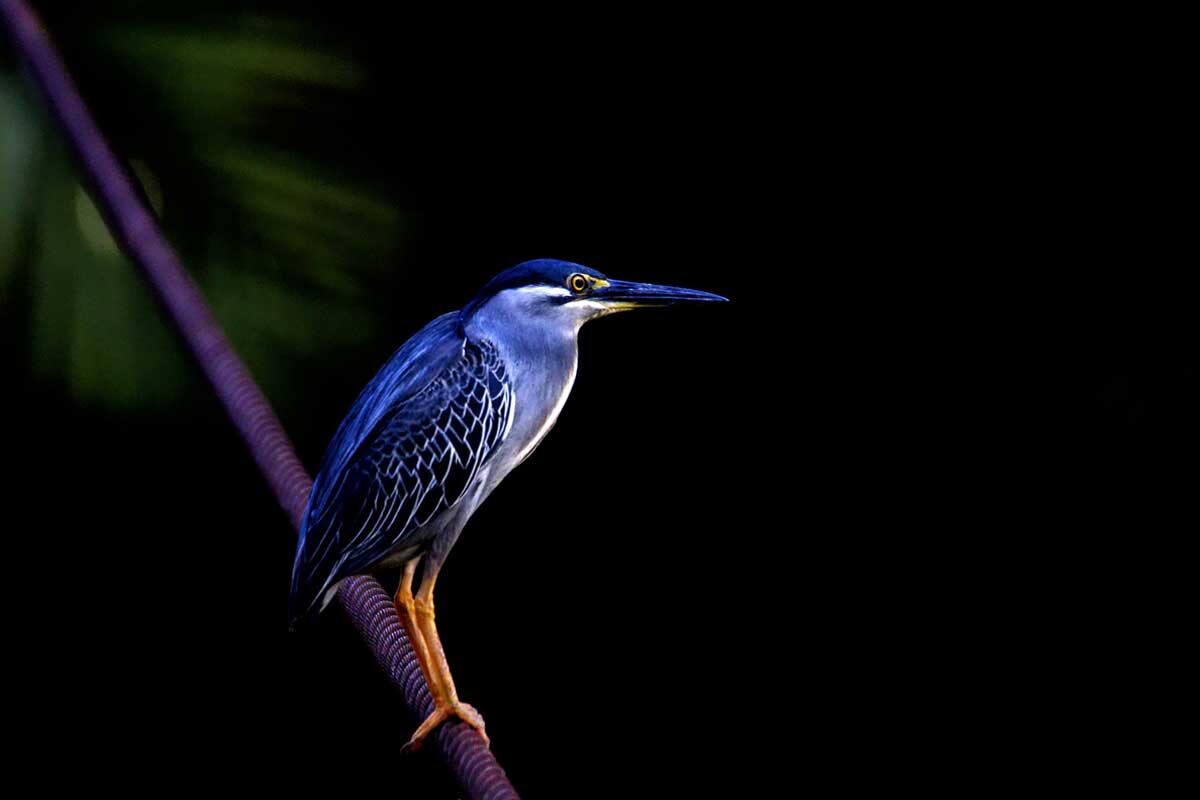The second largest country in Western Europe, Spain hosts some of the most diverse habitats and exciting wildlife in the whole of Europe. Renowned for its tapas, warm climate and friendly hospitality, Spain is perhaps less well known for its fauna which includes some of the rarest, most striking and charismatic species in Europe.
From a biological perspective, Spain has a unique position at the crossroads between Europe and Africa. It is cut off from the rest of continental Europe by the 400-km Pyrenean mountain range and from Africa by just 15 km of sea at the Strait of Gibraltar. As a result of a varied geography and both Mediterranean and Atlantic climatic influences Spain has become one of Europe’s biodiversity hotspots with the second highest number of mammal species anywhere in Europe – including the world’s rarest cat, the Iberian lynx.
That beautiful, endangered feline is endemic to the Iberian Peninsula and, thankfully, its population is now bouncing back from the edge of extinction. With patience, lynx can be spotted in the wilds of Andalucia, while in the extensive forests and remote mountains of Cantabria to the north, large populations of both wolf and wildcat persist. Furthermore, the unique Cantabrian subspecies of brown bear still survives in the lush, wooded valleys and montane meadows of the Somiedo National Park.
Spain has five key mountain ranges: Cordillera Cantábrica, Pyrenees, Sierras Béticas, Sistema Central and Sistema Ibérico, each with a unique cast of flora and fauna. Notable montane wildlife includes the endemic Spanish ibex, Pyrenean, and Cantabrian chamois, the spectacular bearded vulture (lammergeier), golden and Spanish imperial eagles, wallcreeper and the bizarre Pyrenean desman.
In Spain’s south, vast grasslands and rolling plains support flocks of great and little bustards, sandgrouse and harrier. Mediterranean scrub and holm and cork oak forests create ideal habitat for a plethora of colourful birdlife, intriguing insects and abundant reptiles. Wetlands such as the huge Doñana National Park and Ebro Delta, as well as smaller ones along the southern coast, provide feeding grounds for great concentrations of waterfowl, flamingo, wild boar, dragonflies and colourful butterflies.
The Spanish coast also provides exciting wildlife opportunities, with the Bay of Biscay a renowned whale watching hotspot known for the rare Cuvier’s beaked and giant fin whales. Less well known are resident pilot whales, striped dolphins and even orcas and sperm whales which pass through the Strait of Gibraltar.
It is easy to see why Spain should be a mandatory destination for all natural history enthusiasts wishing to appreciate the full gamut of European wildlife.





















